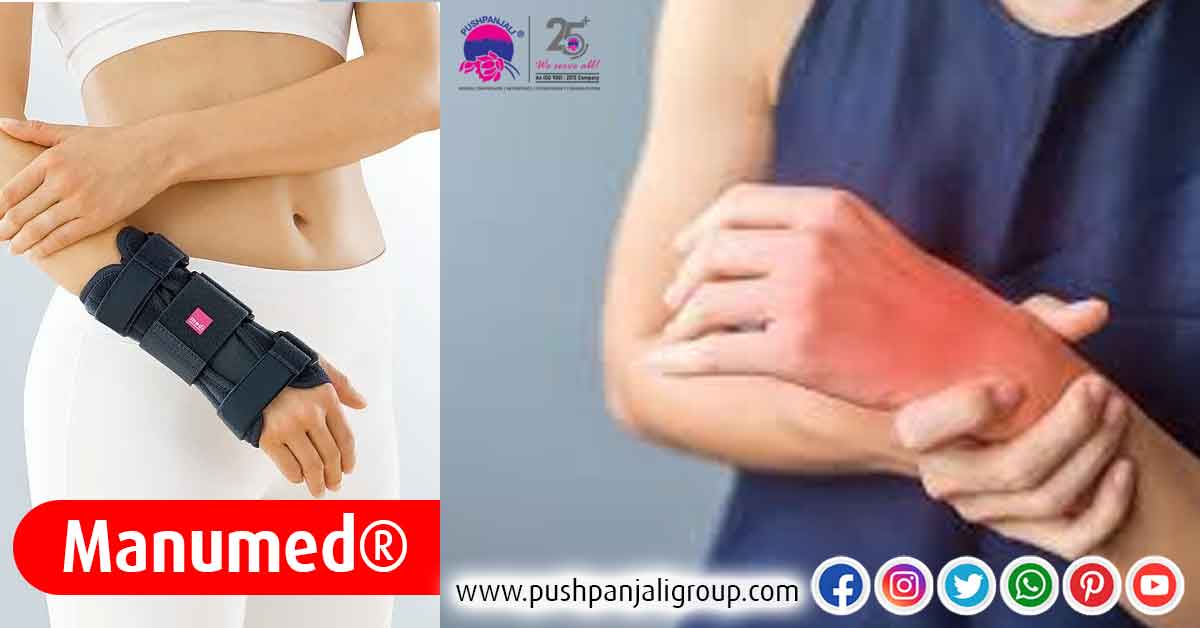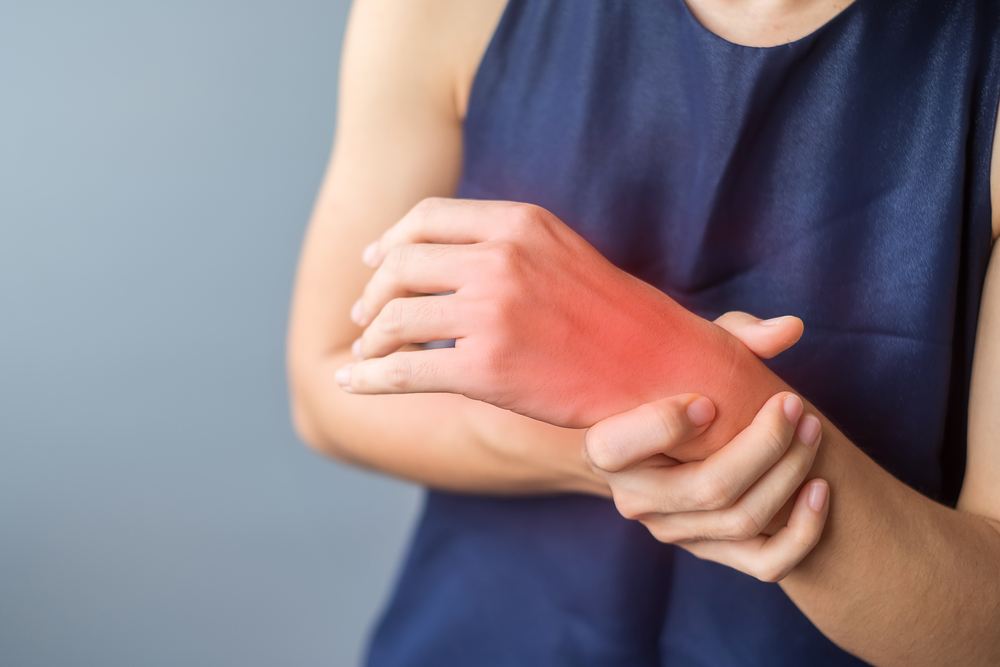Sprains, Strains, and Other Soft-Tissue Injuries

Sprains, Strains, and Other Soft-Tissue Injuries
Many sports injuries are inflicted on the hand, wrist, forearm, and elbow. Some injuries are due to overuse and chronic trauma. Most sports injuries are obvious and direct. The most common soft tissues injured are muscles, tendons, and ligaments. These injuries often occur during high athletic sports and exercise activities. But sometimes simple everyday activities can also cause an injury. Soft-tissue injuries fall into two basic categories: acute injuries and overuse injuries. Acute injuries are caused by sudden trauma, such as a fall, twist, or blow to the body. Overuse injuries occur gradually with the passage of time when an athletic or other activity is repeated so often that areas of the body do not have enough recuperating time to heal between the occurrences.
Tendinitis and bursitis are common soft-tissue overuse injuries. These are Chronic, post-operative, or post-traumatic indications for soft tissue injury of the wrist. Sprains, strains, and contusions, as well as tendinitis and bursitis, are common soft-tissue injuries. Even with appropriate treatment, these injuries may require a prolonged amount of time to heal. Injuries often occur when people suddenly increase the duration, intensity, or frequency of their activities. Many soft-tissue injuries can be prevented through proper conditioning, training, and equipment. Besides, a balanced fitness regime, stretches, exercises, rest, or ice method in cases of an injury that is acute or due to overuse if you develop symptoms that persist for a long time, you need to consult your doctor. So If you have pain that hampers your daily activities in using of the wrist, it is a good idea to have this evaluated by an orthopedic surgeon. When you visit a hand surgeon, a detailed wrist examination with some gentle movements and pressure on this area of your wrist is quite expected. A detailed history of the condition is also very important. X-rays of the involved wrist are also very common for evaluation. In some cases, an advanced study such as an MRI, ultrasound, or CT scan may be ordered to evaluate the wrist in more detail. Your doctor or orthopedist besides medication will also suggest conservative treatment for soft tissue injury, radial nerve paralysis, tendonitis, or/and tenosynovitis. Such indications of wrist problems might turn adverse at a later stage owing to complications of rheumatoid arthritis if left untreated for a long period of time.
In orthotic care, your physician might recommend wrist support in pain management to reduce swelling and inflammation for immobilization & stabilization of the wrist for later stages of mobilization. The support is exclusively used for the orthotic fitting of the wrist and only on intact skin. Generally, support is very comfortable to wear & easy to fit due to the ‘slip-on’ system. For detailed information on orthopedic braces & supports, sole importer & distributor of orthopedic products from medi covering a dealer strength of 400+ and a network comprising 140+ cities follow the link @ https://shop-pushpanjali.com/product/manumed/





0 Comments